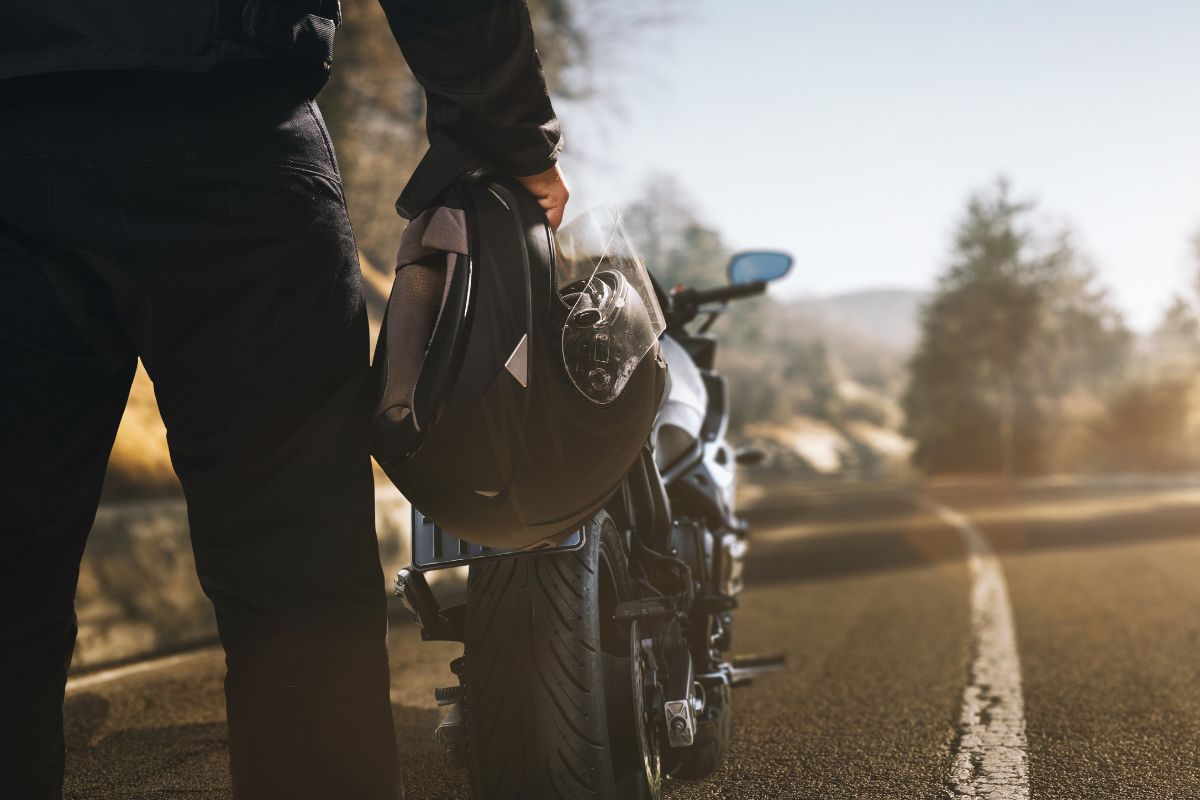Riding Motorcycles Poses Unique Safety and Insurance Risks in Washington


The Popularity of Motorcycles in Yakima Valley and Central Washington
Motorcycles have long been a symbol of freedom and adventure, especially in regions like Yakima Valley and Central Washington. According to the National Highway Traffic Safety Administration (NHTSA), there were over 8.4 million motorcycles on the road in 2013. However, with the increased number of motorcycles comes a rise in motorcycle collisions. Annually, more than 60,000 individuals suffer serious injuries or fatalities in motorcycle accidents nationwide.
Understanding the Risks of Riding
Even with proper safety gear and helmet use, motorcyclists face higher risks of injury compared to occupants of passenger vehicles. The inherent instability and reduced visibility of motorcycles, coupled with their high-performance capabilities, make riders more vulnerable in the event of a collision. NHTSA statistics reveal that motorcyclists are five times more likely to be injured in a crash compared to occupants of other vehicles.
David Abeyta, Partner at Abeyta Nelson Injury Law, emphasizes, “The dangers associated with riding motorcycles are significant, and it’s crucial for riders to understand the risks and take necessary precautions.
Importance of Helmet Use and State Laws
Serious head injuries are a common occurrence in motorcycle accidents, underscoring the critical importance of helmet use. Helmets have been shown to be highly effective in preventing fatalities and traumatic brain injuries. However, despite their proven benefits, helmet laws vary across states. In Washington State, helmet use is mandatory for all riders and passengers.
Terry Abeyta, Partner at Abeyta Nelson Injury Law, notes, “Helmet laws play a crucial role in reducing the severity of injuries in motorcycle accidents. It’s essential for riders to adhere to these regulations for their safety.”
Factors Contributing to Motorcycle Collisions
Motorcycle accidents can result from various factors, including the inattentiveness of other drivers and the lack of awareness regarding motorcycles’ presence on the road. Additionally, some accidents occur due to the rider’s inexperience, excessive speed, or risky behavior. Proper training and adherence to traffic laws are vital for reducing the risk of collisions.
Rodney Nelson, Partner at Abeyta Nelson Injury Law, advises, “New riders should prioritize obtaining comprehensive training before hitting the road. Being prepared and cautious can significantly enhance rider safety.”
Understanding Motorcycle Insurance
While motorcycle insurance is not legally required in Washington, it is a crucial investment for riders. Motorcycle insurance helps protect riders’ assets in the event of at-fault collisions and provides coverage for damages caused by uninsured or underinsured motorists. Essential coverages include liability insurance, uninsured/underinsured motorist coverage, and medical payments coverage.
David Abeyta highlights, “Having adequate motorcycle insurance is essential for protecting oneself financially in the event of an accident. It provides peace of mind knowing that you’re prepared for unforeseen circumstances.”
Additional Coverage Options
In addition to basic liability insurance, riders can opt for additional coverage options to enhance their protection. Collision coverage assists with motorcycle repairs following a collision, while comprehensive coverage addresses damages from non-collision incidents. Medical payments coverage helps with medical expenses related to injuries sustained in accidents, providing crucial financial support during recovery.
Terry Abeyta adds, “Exploring additional coverage options allows riders to customize their insurance policies to suit their individual needs and preferences. It’s a proactive step towards comprehensive protection.”
Seeking Legal Assistance
Motorcycle accidents often involve complex legal aspects, including personal injury claims and insurance coverage disputes. The experienced attorneys at Abeyta Nelson Injury Law specialize in assisting individuals injured in motorcycle accidents. With their expertise in navigating various legal complexities, they help clients pursue fair compensation for their losses and damages.
Rodney Nelson states, “Our firm is dedicated to advocating for the rights of motorcycle accident victims. We strive to provide compassionate support and expert legal representation throughout the claims process.”
Hiring a Motorcycle Accident Attorney in Yakima
As the popularity of motorcycles continues to grow, it’s imperative for riders to prioritize safety and insurance protection. Understanding the risks associated with riding, adhering to safety regulations, and securing adequate insurance coverage are essential steps for every motorcycle enthusiast. By staying informed and prepared, riders can enjoy the freedom of the open road while minimizing the potential for accidents and injuries.
Send us a message or give us a phone call at 800-927-2845 to get started now.